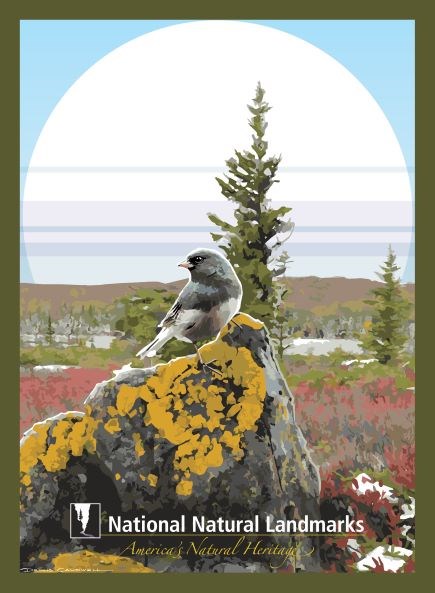
There are two types of tundra in North America: alpine and arctic. Alpine tundra are found at high elevation on mountaintops, whereas arctic tundra are located on high-latitude landmasses above the Arctic Circle or in far southern reaches like Antarctica.
Both alpine and arctic tundra have limited species diversity due to their harsh conditions. Larger mammals such as reindeer hold an advantage when it comes to staying warm: they have a smaller surface area-to-volume ratio and lose less heat to the frigid environment than smaller creatures. In alpine tundra, species such as mountain sheep and many birds migrate down into warmer biomes for the winter. Other creatures like marmots hibernate instead.
There are National Natural Landmarks designated for their tundra ecosystems nationwide that illustrate the beauty and diversity of these ecosystems. Some of these include:
- Summit Lake, CO
- Mauna Kea, HI
- Bigelow Mountain, ME
- Mount Katahdin, ME
- Camel's Hump, VT
- Mount Mansfield Natural Area, VT
Last updated: April 10, 2025
